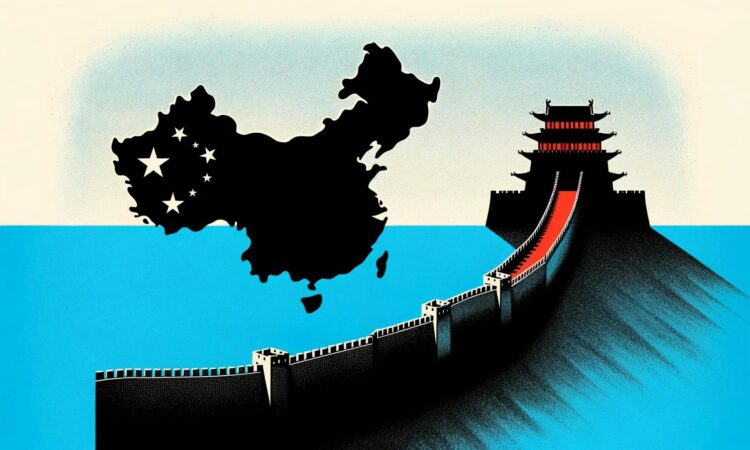
What’s going on here?
Both the Australian and New Zealand dollars are poised for a second week of declining value, pressured by China’s fiscal policy moves and rising US inflation figures impacting commodity markets.
What does this mean?
China’s potential fiscal stimulus, estimated between 2 trillion and 10 trillion yuan, is influencing commodity-driven currencies like the Aussie and Kiwi dollars. Analysts predict a 1.5-2 trillion yuan boost could elevate China’s GDP growth to 4.8% this year, benefiting the Australian and New Zealand economies due to their trade ties. The Australian dollar acts as a proxy for the yuan, further linking their fortunes. Meanwhile, US inflation figures haven’t changed the expectation of a Federal Reserve rate cut in November. The Australian dollar is slightly higher at $0.6745 but down 0.7% for the week, while the Kiwi dollar rose to $0.6097 yet faces a 1% weekly drop post-New Zealand’s significant rate cut.
Why should I care?
For markets: Tracking the impact of fiscal tides.
Fluctuating currency values in Australia and New Zealand mirror broader economic shifts. Iron ore prices rose 1.7% on Friday but marked a weekly decline, showing these commodity-linked currencies’ sensitivity to China’s economic moves. Meanwhile, a 0.5% rise in New Zealand’s September food prices hints at growing inflationary pressure. New Zealand’s two-year swap rates increased to 3.6925%, reflecting market expectations of potential further rate cuts by the Reserve Bank of New Zealand.
The bigger picture: Global economic maneuvering in play.
The delicate balance of global currencies underscores the complex interplay of fiscal policies in major economies. China’s potential measures to boost growth and stabilize its property market have significant implications for trade partners. Additionally, the contrasting monetary strategies of the Fed and New Zealand’s central bank illustrate how inflation and interest rate decisions globally influence currency trajectories.
